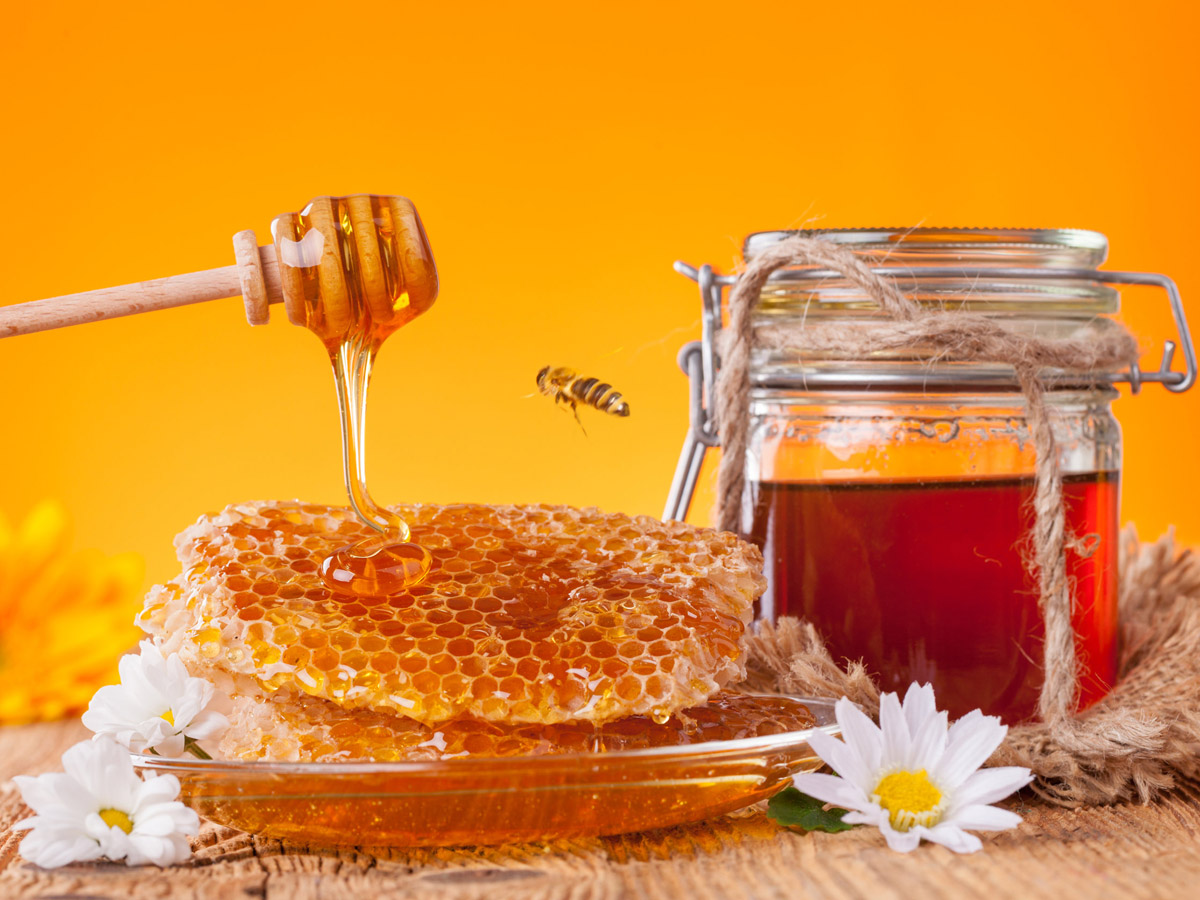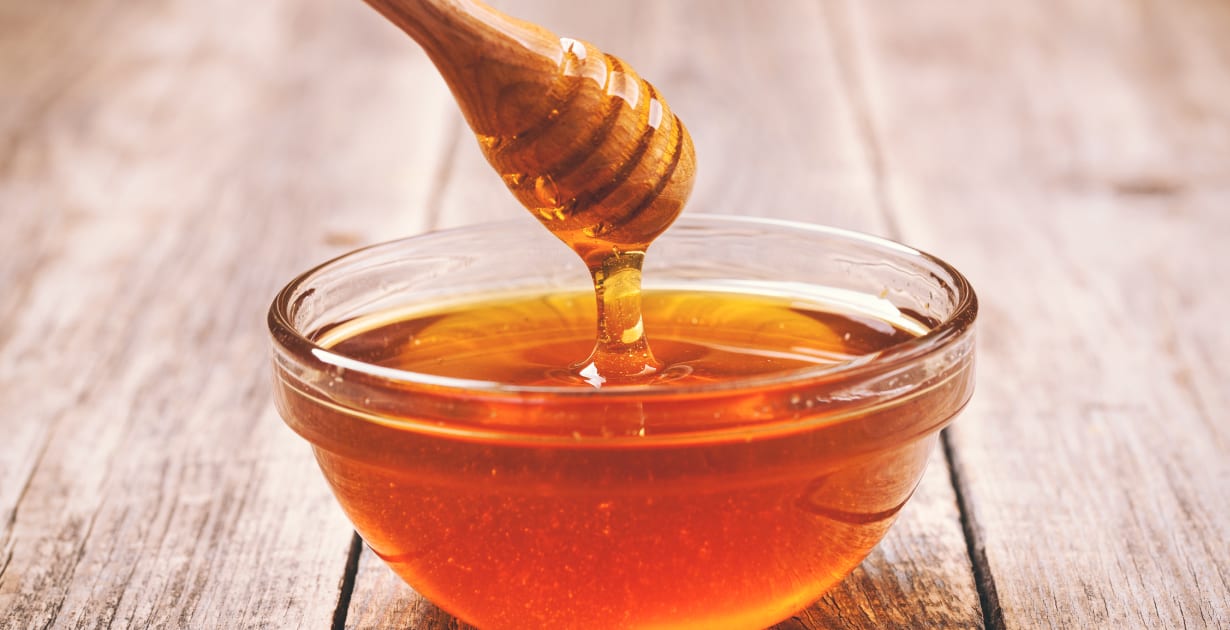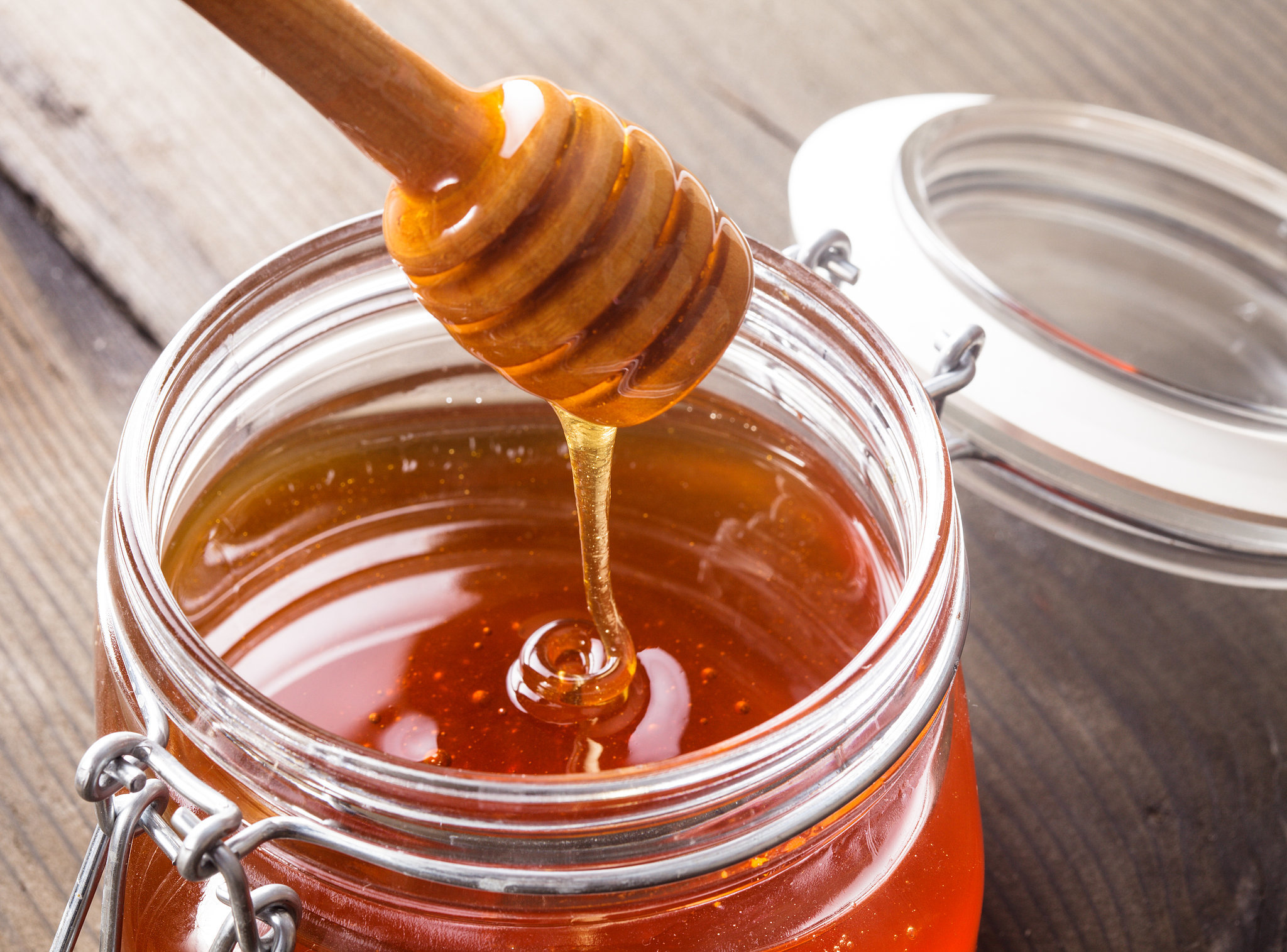Badger And Honey Badger - Unpacking The Differences
Have you ever wondered about those fascinating creatures known as badgers, or perhaps the famously tough honey badger? There's, you know, a bit of a common mix-up when people talk about them, and it's quite understandable why. These animals, which are pretty much icons of resilience in their own right, often get lumped together, but they actually have some really distinct qualities that make them, well, them. We're going to, like, sort through some of those common ideas and shine a light on what makes each one special.
It's interesting, really, how two animals can share a family name but still be so very different in their daily lives and even their appearance. Both of these creatures, as a matter of fact, come from a very specific group of mammals, a family known for its members being quite, shall we say, robust. They are found in many different places around the globe, from wide-open lands to, in some respects, watery spots, too.
So, if you've ever heard tales of a creature that just doesn't quit, or if you've pondered the sweet golden liquid made by bees, then you're in the right spot. We're going to explore what makes these animals, and even the honey itself, so captivating. It's about getting a clearer picture, basically, of these often-talked-about subjects.
Table of Contents
- What Makes Badgers and Honey Badgers Unique?
- What Sets the Honey Badger Apart?
- Are Badgers and Honey Badgers the Same Creature?
- What About Honey - The Sweet Connection?
What Makes Badgers and Honey Badgers Unique?
The Shared Family Tree of Honey and Badger
It's kind of fascinating to think about how these animals are connected. Both the badger, in its various forms, and the honey badger, which is also known as a ratel, come from the same big family. This group, called Mustelidae, is, like, a collection of mammals that are all meat-eaters. You know, they basically get their food by consuming other animals. These creatures are found, more or less, in almost every kind of natural setting on land you can imagine. What's even more interesting is that some members of this particular animal group can actually make their homes in places with fresh water, too, not just dry land. So, they're pretty adaptable, in a way, when it comes to where they can live and find food. It's a pretty diverse bunch, honestly.
Getting to Know the Common Badger
When we talk about a "badger," we're actually referring to several different kinds of mammals that share some common traits. These animals are, you know, very good at digging into the ground and creating homes for themselves. You can find these burrowing creatures spread out across many different large landmasses. Their looks can vary quite a bit, actually, depending on where they live. For instance, an American badger might have a coat that's a shade of grey, while others could have different appearances altogether. It's not just one single look for all of them. They are known, basically, for their broad bodies and a lifestyle that involves a lot of time spent underground. This is a characteristic that really sets them apart, in some respects, from many other animals.
What Sets the Honey Badger Apart?
The Distinctive Look of the Honey Badger
The honey badger, also called a ratel, really stands out in a crowd, if you will. Its body is covered in a kind of outer layer that is, you know, very thick and feels a bit rough. The color of this covering can range quite a bit, from a lighter grey to a very dark brown, which is pretty striking. But what really makes it recognizable is a clear, light-colored stripe. This stripe runs, basically, all the way along its back, starting from its head and going right down to its tail. It's a pretty unique marking, honestly, that helps you spot one if you're lucky enough to see it. This particular pattern is, in fact, one of its most defining features, making it quite memorable.
Why is the Honey Badger So Fierce?
This creature has, like, a reputation for being incredibly tough and having a very strong will. It's an animal from Africa that has, you know, become quite well-known for its ability to stand its ground. The honey badger is, apparently, famous for getting into fights with animals much bigger than itself, and often, it comes out on top. It's considered, you know, quite a notorious animal for this reason. People often talk about its amazing strength and how it can be surprisingly clever when it needs to be. It's one of those animals that, basically, just keeps going, no matter what. This makes it, in a way, one of Africa's most interesting, yet sometimes hard to find, creatures. Its ability to perform cunning acts of strength is, really, quite something to behold.
Are Badgers and Honey Badgers the Same Creature?
Key Differences in Honey and Badger Size and Habits
So, a common question people ask is whether badgers and honey badgers are, like, the same animal. While they both belong to that Mustelidae family we talked about, they are, in fact, quite different. You know, if you were to put a badger next to a honey badger, you'd quickly notice some clear distinctions. These differences show up in things like how big they are, how they act, and even where they prefer to live. For example, the honey badger has a certain kind of toughness and determination that makes it stand out. Badgers, on the other hand, are very much known for their digging habits and having a broad sort of body shape. They are similar in their family origins, yes, but their individual traits, honestly, make them quite distinct from each other. It's not just, you know, a matter of calling them by different names; they truly have different ways of living their lives, too.
What About Honey - The Sweet Connection?
The Many Sides of Honey
Now, let's talk about honey itself, which is, you know, a very different subject from the animals, but it's in the name! Honey is, basically, a sweet, flowing liquid that honeybees create using the sugary stuff they get from blooming plants. There are, apparently, about 320 different kinds of honey out there, which is a lot! These varieties can, like, have all sorts of different colors, smells, and tastes. It's pretty amazing how much they can vary, honestly. You might even find it interesting that some studies, focusing on common sniffles and coughs, suggest that honey could help calm coughs for grown-ups and kids over a year old. So, it's not just a sweet treat, you know; it might have some other uses, too. People often wonder about things like what size screen to use to clean their honey or how to keep it from looking cloudy. There are also questions about its weight, like how much a pound of honey actually is, or if a pint is the same as a certain number of ounces. It can be, you know, a bit confusing when you start looking into the measurements. Sometimes, people buy honey when they're traveling, and then it separates, making them wonder if something was added to it. It's generally a good idea, in some respects, to use honey as a sweetener for things you're already going to preserve in jars or bake, rather than trying to preserve just the honey on its own. Raw honey, as a matter of fact, offers more than just sugar; it has other qualities. Honey is also, you know, a substance that will take in or let go of moisture depending on how much humidity is in the air around it. This is why it's pretty important to store it right. We try to collect all our honey at the same time, but that's not always possible, apparently.
This discussion has, like, walked us through the interesting distinctions between badgers and honey badgers, showing how these members of the Mustelidae family, despite their shared lineage, possess unique characteristics in terms of their physical appearance, their typical actions, and the environments they inhabit. We've seen how the honey badger, also known as a ratel, stands out with its distinct fur pattern and its reputation for being incredibly tough and resourceful. We also touched upon the general badger, known for its burrowing habits and varied looks across different continents. Finally, we explored the fascinating world of honey itself, from its diverse types and potential benefits to practical considerations like its measurement and storage properties. It's pretty clear, in a way, that both the animals and the sweet substance they're associated with offer a lot to learn about.

What is honey?

Raw Honey Vs Honey

Honey | 9 Amazing Hair Products That Are Probably Sitting in Your